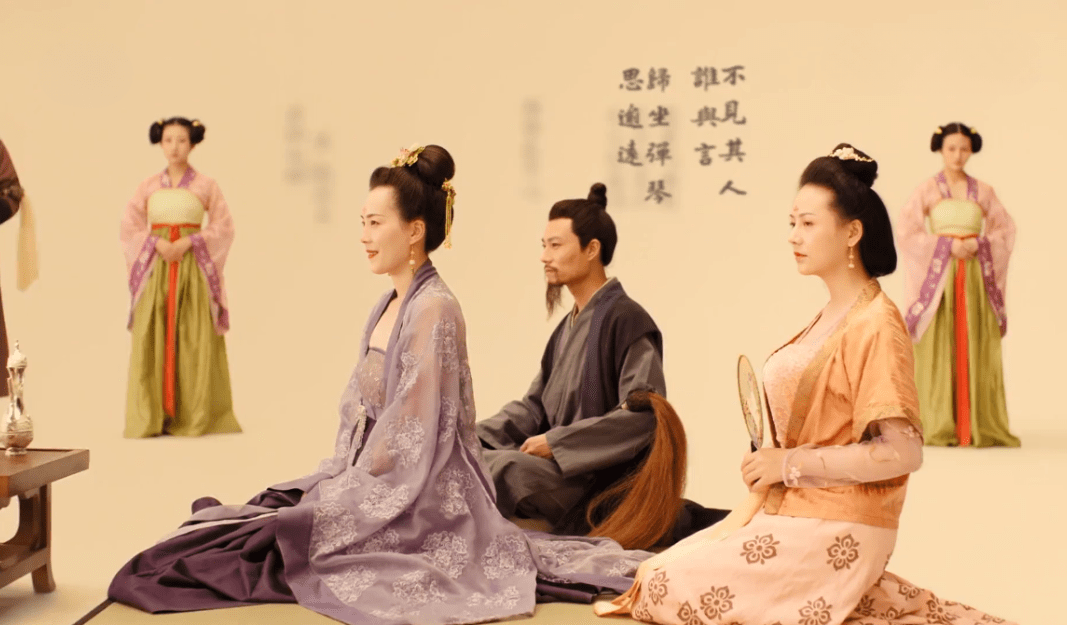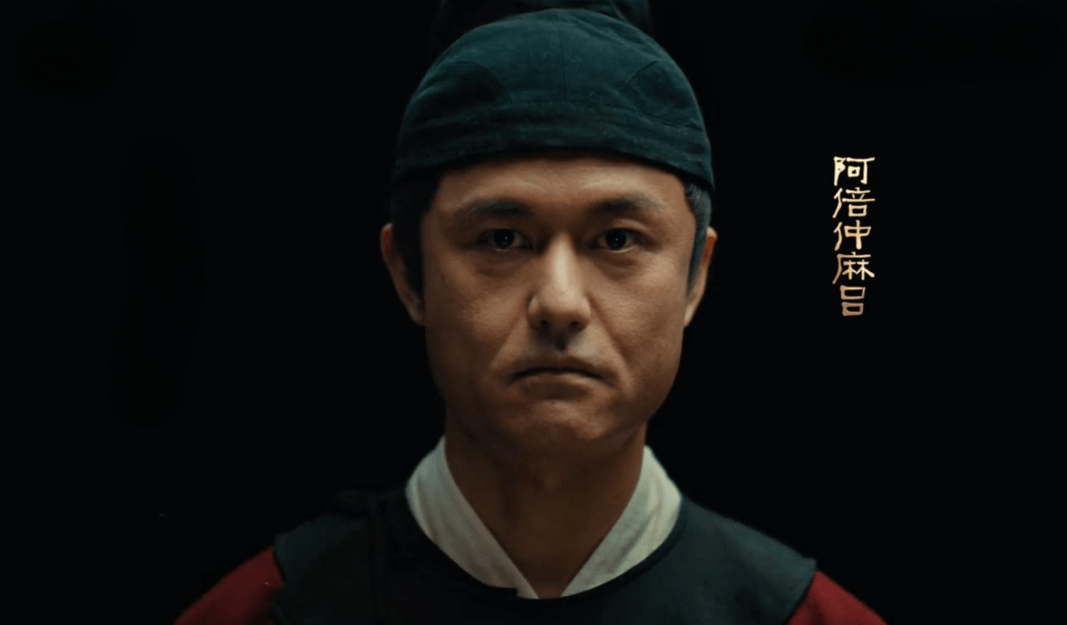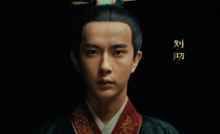How did Chang’an, the vibrant capital of the Tang Dynasty, become one of the most cosmopolitan cities of its time? At the height of China’s golden age, Chang’an was a thriving hub of culture, trade, and diplomacy, attracting scholars, merchants, and artisans from across the globe. This remarkable city showcased the Tang Dynasty’s embrace of diversity, fostering prosperity and innovation. Chang’an’s story is not just a tale of a historical city; it’s a testament to the enduring wisdom of cultural integration and inclusivity. Let’s explore how this global hub reshaped Chinese history and what it means for modern societies.


I. The Golden Age of the Tang Dynasty
Historical Context The Tang Dynasty (618–907 AD), especially during the Kaiyuan era (713–741 AD) under Emperor Xuanzong, marked a time of peace, economic growth, and cultural brilliance. Chang’an stood at the center of this flourishing period, symbolizing the Tang Dynasty’s openness to different cultures and ideas.
Challenges Faced Governing a vast, multi-ethnic empire required innovative strategies that prioritized harmony, cultural integration, and social progress. The Tang’s approach emphasized inclusivity, turning diversity into a source of strength.
By fostering an environment of openness and inclusivity, the Tang Dynasty created a city that attracted intellectuals, traders, and artists from all over the world, making Chang’an a dynamic, cosmopolitan hub.
II. Chang’an: The World’s Cultural Hub
Urban Magnificence Chang’an’s layout reflected its grandeur and strategic importance. The city was divided into 108 wards, accommodating residents from different backgrounds, including scholars, merchants, and diplomats. The East and West City Markets were bustling centers of trade, filled with goods like silk, spices, and exotic items from India, Persia, and beyond.
Cultural Diversity Chang’an was a melting pot of cultures, with figures like Japanese scholar Abe no Nakamaro (Chao Heng), Sogdian merchant Mifushan, and Persian artisans contributing to its character. The Honglu Temple served as a hub for international relations, reflecting the Tang’s commitment to cultural diplomacy.
Chang’an’s embrace of global cultures was key to its success. This inclusivity not only boosted trade but also fostered creativity and cultural exchange, making it a center of innovation.
III. Stories of Cultural Exchange
Abe no Nakamaro (Chao Heng) The Japanese scholar Abe no Nakamaro’s journey to Chang’an is a testament to the city’s intellectual inclusivity. He excelled in the imperial examination and became a respected figure in Tang society, illustrating the meritocratic values of the Tang.
Sogdian Merchants Sogdian merchant Mifushan and his wife Weijiasi played key roles in shaping Chang’an’s commercial and cultural landscape. They introduced new fashions, textiles, and cuisines, exemplifying how foreigners integrated and thrived in the city.
Local Figures – Li Qiao’er Women like Li Qiao’er enjoyed significant freedoms in Tang Chang’an, from initiating divorce to participating in commerce. Her story reflects the progressive nature of Tang society, where women were active in public life.
These personal stories highlight Chang’an’s commitment to inclusivity, showing how it welcomed talent from different backgrounds and fostered personal freedom and social mobility.
IV. The Flourishing of Arts and Literature
Poetic Giants Chang’an was the heart of Tang poetry, home to iconic poets like Li Bai, Wang Wei, and Wang Changling. The city’s rich environment inspired new poetic themes and styles, driven by its cultural diversity.
Artistic Innovations The fusion of music and dance in Chang’an symbolized its openness to foreign styles. The Hu Xuan dance, with its Central Asian origins, became popular in the Tang capital, highlighting the city’s cultural fusion.
Chang’an’s flourishing arts scene illustrates how openness to diverse cultures fosters creativity, leading to lasting cultural achievements that inspire generations.
V. Social Progress and Openness
Women’s Roles Women in Tang society enjoyed considerable rights, including the ability to own property, engage in trade, and initiate divorce. This progressiveness reflected the Tang’s broader commitment to gender equality and personal choice.
Legal and Social Systems The Tang Code was a comprehensive legal system that promoted equality and justice for all residents, including foreigners. This legal framework encouraged social harmony and cultural integration, reinforcing Chang’an’s inclusive spirit.
The Tang Dynasty’s legal and social systems were designed to foster inclusivity and fairness, demonstrating how diverse societies can achieve stability and growth.
Conclusion
Chang’an during the Tang Dynasty was more than just a capital city—it was a symbol of cultural integration, openness, and prosperity. Its success demonstrates the enduring wisdom of embracing diversity, driving economic growth, innovation, and social progress.
Call to Action Consider the lessons of cultural openness from Chang’an’s golden age. How can we apply these principles to create more inclusive and harmonious communities today?
Closing Thought Chang’an’s story reminds us that embracing diversity enriches societies and paves the way for lasting prosperity and unity—a lesson from the Tang Dynasty that remains relevant today.



